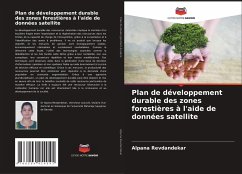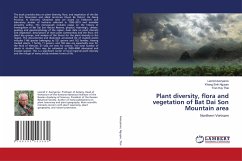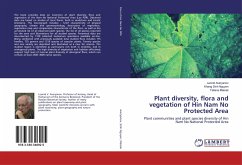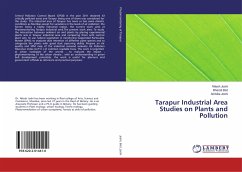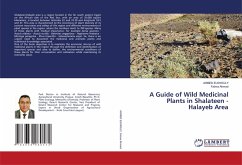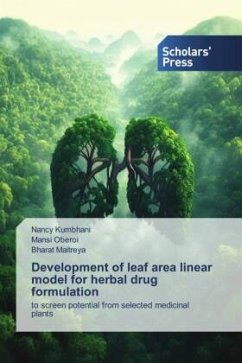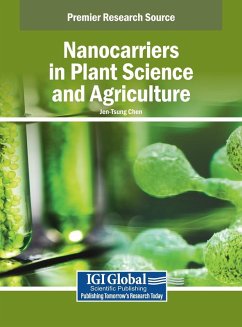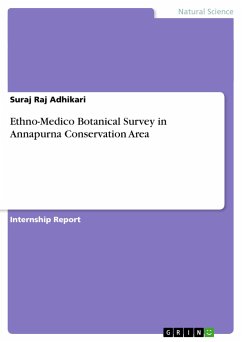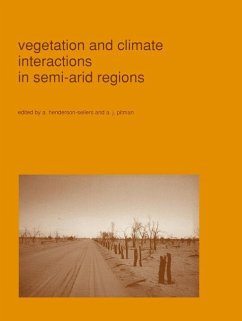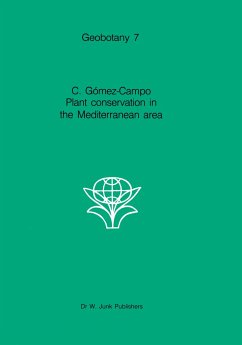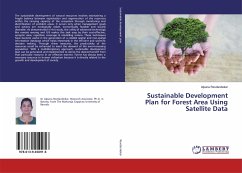
Sustainable Development Plan for Forest Area Using Satellite Data
Versandkostenfrei!
Versandfertig in 6-10 Tagen
47,99 €
inkl. MwSt.

PAYBACK Punkte
24 °P sammeln!
The sustainable development of natural resources involves maintaining a fragile balance between exploitation and regeneration of the resources within the carrying capacity of the ecosystem through monitoring and identification of problem areas. It occurs only when management goals and actions are ecologically viable, economically feasible and socially desirable. As demonstrated in this study, the utility of advanced technology like remote sensing and GIS makes this task easy by their cost-effective, synoptic view, repetitive coverage & modelling nature. These techniques have become useful in t...
The sustainable development of natural resources involves maintaining a fragile balance between exploitation and regeneration of the resources within the carrying capacity of the ecosystem through monitoring and identification of problem areas. It occurs only when management goals and actions are ecologically viable, economically feasible and socially desirable. As demonstrated in this study, the utility of advanced technology like remote sensing and GIS makes this task easy by their cost-effective, synoptic view, repetitive coverage & modelling nature. These techniques have become useful in the generation of a reliable spatial and non-spatial information database which helps immensely in the efficient and scientific decision making. Through these measures, the productivity of the resources could be enhanced to meet the demand of the ever-increasing population. With a multidisciplinary approach, sustainable development plan can be generated and implemented to derive the desired benefit from that particular resource in an effective manner. Forest has always been a necessary resource to human civilization because it is directly related to the growth and development of society.



